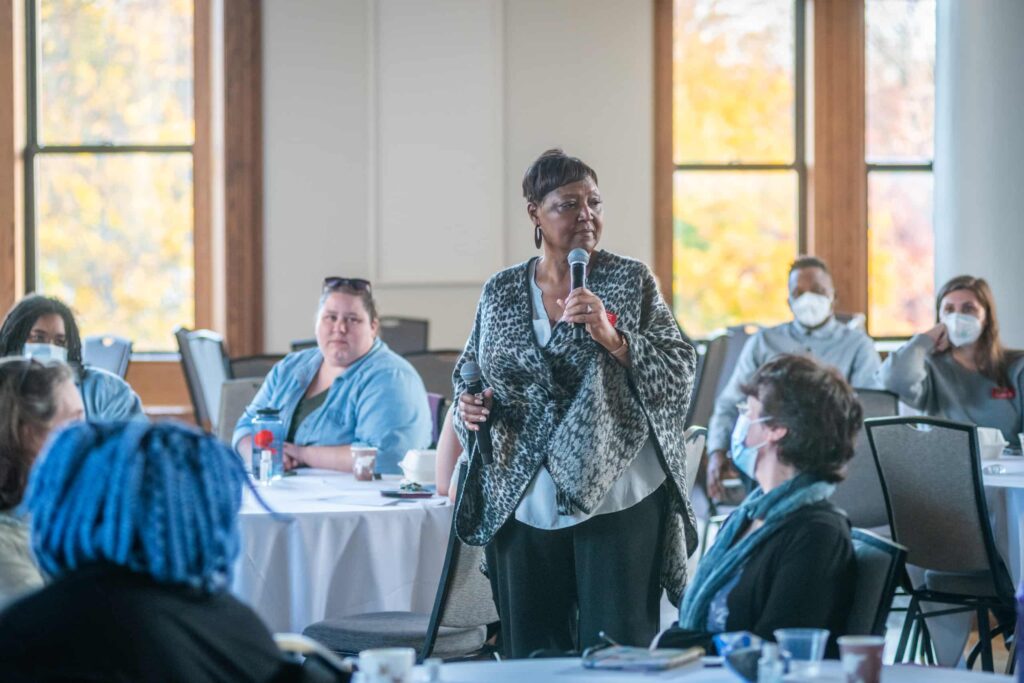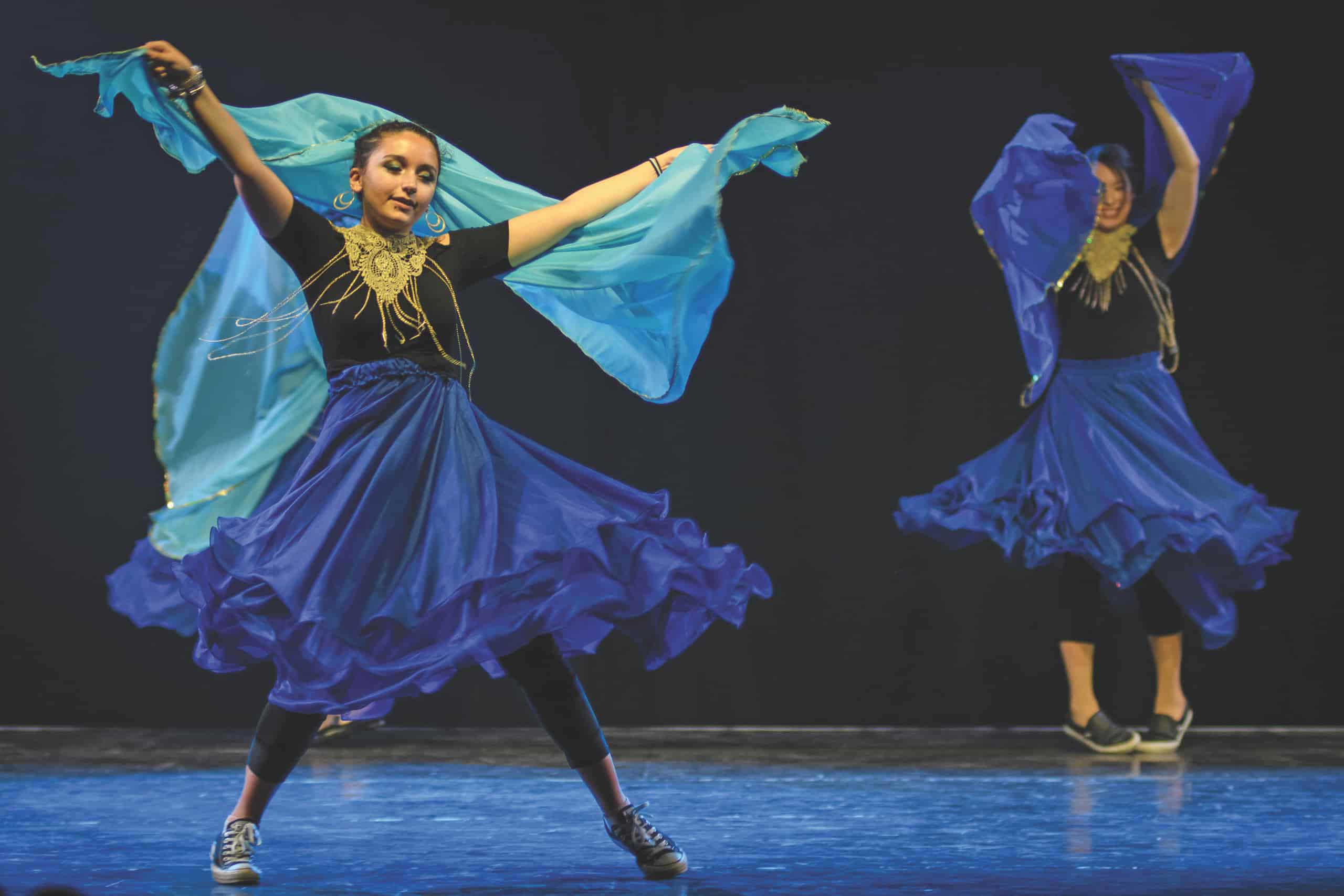Reinforce Our Commitment to Diversity, Equity, and Inclusion
Embed diversity, equity, and inclusion within and across everything we do.

President David Fithian’s $1 million commitment to diversity, equity, and inclusion programming, training, student life, affinity space, and staffing illustrates how we aim to embed DEI within and across everything we do.
Examples of funded DEI initiatives include:
- Committing new resources to the Center for Gender, Race, and Area Studies (CGRAS), enabling it to more fully develop and enhance curricular offerings, offer professional development in conjunction with the Center for Excellence in Teaching and Learning (CETL), and support research related to anti-racist and decolonized academic practices.
- Providing professional development opportunities focused on cultural competency to senior leadership.
- Providing anti-racism training to students and specialized training for groups, including student leaders, peer mentors, residence hall advisers, and athletes.
- Providing training on “Diversity, Equity and Inclusion for the Workplace” and “DEI Microaggressions” to all Clark employees.
- Increasing mental health staffing, including additional resources for campus mental health emergencies; allocating resources to the University’s Psychology Department to help foster applicants of color in the department’s Clinical Psychology Ph.D. program; and adding staffing to the Center for Counseling and Personal Growth (CPG) to better serve marginalized students.
- Enhancing anti-bias and de-escalation training for campus police officers and employees.
- Creating CU Advance, a mentorship and leadership development program aimed at supporting faculty and staff of color in making progress toward their professional goals and fostering intergenerational mentorship between BIPOC employees and BIPOC students.
- Increasing the number of events and programming focused on issues of diversity, equity, and inclusion, including inviting guests to present lectures, discussions, and performances throughout the year.
- Increasing student programming and events, including adding a position in the Office of Student Leadership and Programming to support culture- and identity-focused student organizations and to offer awareness month celebrations.
- Creating affinity housing for students who share a commitment to learning about and centering Blackness and fighting anti-Blackness.


